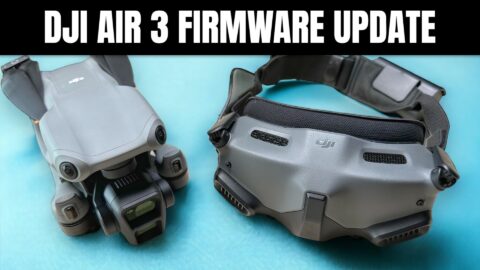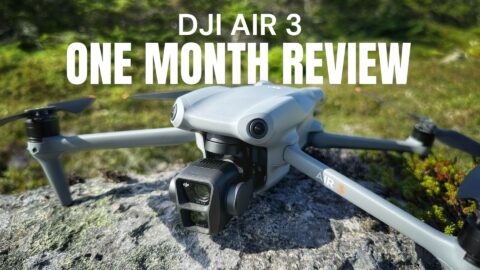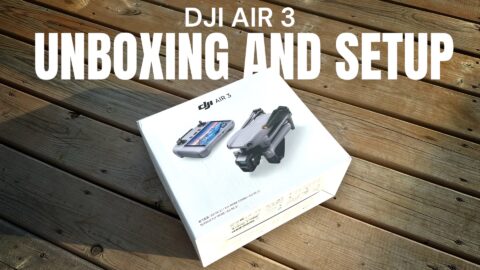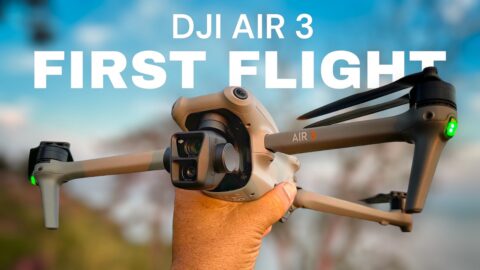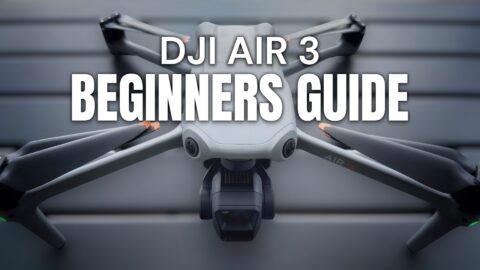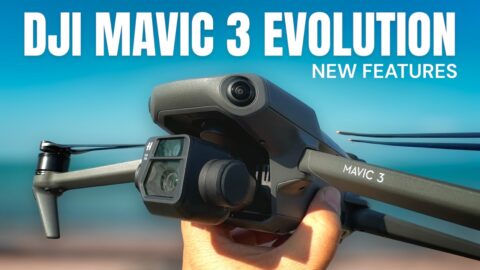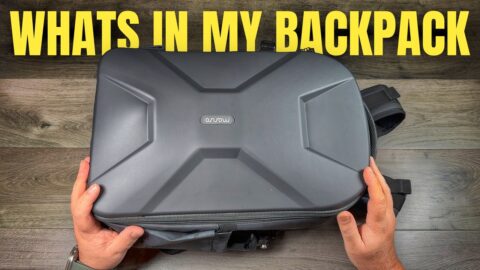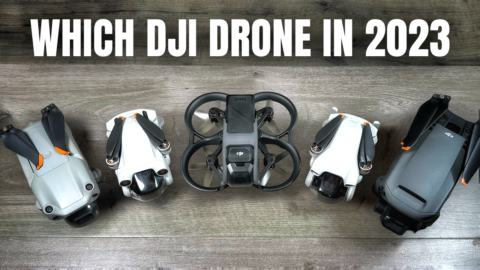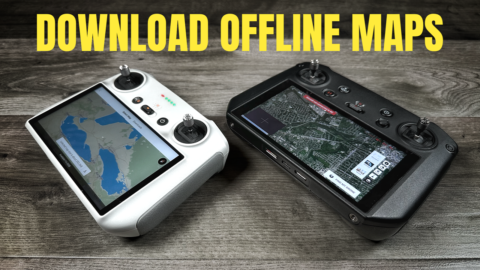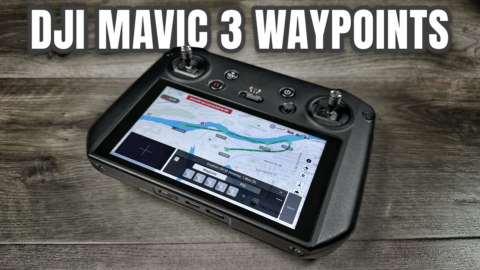In this video, I go over some tips on how to safely fly your DJI Drone in cold and winter conditions. These tips pertain to most DJI drones including the Mavic Pro, Phantom 4 Pro, DJI Spark and the new Mavic Air. The biggest problem with flying drones in cold temperatures is the batteries are not designed to function in cold temperatures. There is a chemical reaction that needs to take place within the batteries and cold temperature really degrade their performance. Watch my tips and tricks video on how to fly your DJI drones in cold weather.
Landing Pad: http://amzn.to/2FS31zr
Hot Hands: http://amzn.to/2HAdvRf
Mavic Air (DJI Store) https://goo.gl/t74LaQ
Mavic Air (Amazon) http://amzn.to/2EccQaM
DJI Spark (DJI Store) DJI Spark: https://goo.gl/DvoqK1
DJI Spark (Amazon) http://amzn.to/2GoBjYN
When planning a flight with your drone in the winter, the first thing you should consider is how to transport your drone while keeping it reasonably warm including the batteries. It can be as simple as keeping your kit in your vehicle while driving to your flying location. Don’t leave the aircraft in a cold vehicle, if you stop for lunch bring your drone case in with you so it doesn’t cool off too much. Once at the location you may have to do some hiking to reach the desired spot to fly your aircraft. This is where a drone can cool considerably even on a short 20-minute hike. Carry your batteries in your coat preferably an inside pocket. Your body temperature will help keep your batteries warm until you are ready to use them.
Consider purchasing hand warmers to keep your batteries warm and toasty. If you wish to keep your batteries and DJI Drone in a backpack while hiking to location, 3 to 5 hand warmers strategically placed in your case or backpack will keep the drone and batteries warm until you arrive at the location and even while flying for several hours. Bring some extra unopened hand-warmers as spares in case you need more heat or the existing ones start to cool.
Keep you flights shorts! Once the drone is up in the air the batteries will cool quickly and you will have decreased flight time. In certain conditions, ice can build up on the blades of your drone which could lead to an aircraft malfunction. Short flights allow you to check on the propellers often to make sure there is no build up.
Don’t fly too far! It is a good rule of thumb not to fly as far as you normally would in ideal weather conditions due to the fact that the battery will deplete quickly and you may find yourself too far away and the battery power level decides to drop quickly. Staying close by allows you to make a quick landing if need be. Plus if worse come to worse you won’t have to hike a mile to find your drone if it crashes.
Lastly, you need to consider takeoff and landing locations. You don’t want your drone to come into contact with the snow. The warm aircraft will melt snow quickly and the moisture could easily damage electrical components within your drone. It’s a good idea to bring along a portable landing pad. This keeps the elements away from you motors and gimbal and provides you with a nice flat surface to launch and land your drone. There are many nice foldable landing pads that are light and compact and easily fit into a drone case or backpack.
Please be aware that most drone manufactures including DJI do not recommend flying drones in cold weather, if you choose to do so, you do at your own risk. However, if you take a few extra precautions you can safely fly all winter long and really extend your flying season if you are located in a colder climate.
